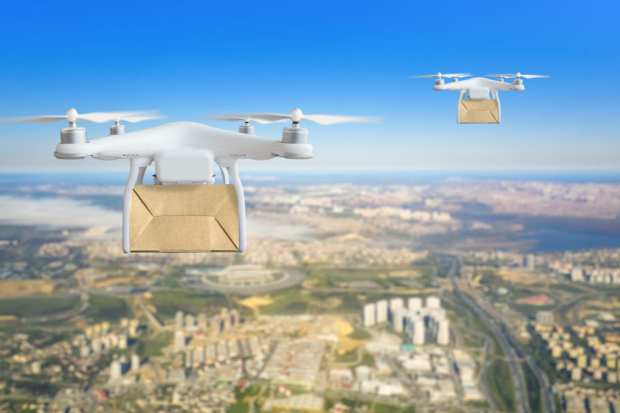Unmanned Drone Delivers Healthcare Supplies To Island In Ireland

An autonomous drone was used to deliver medical supplies to a remote island in Ireland, according to a report by CNBC.
The delivery shows the promise of the technology, and how delivery drones can change the way rural medicine is provided worldwide. The National University of Ireland (NUI) said the drone traveled from Connemara Airport to Inis Mór, which is connected to the Aran Islands. The endeavor shows “the possibility of future deliveries of this kind within planned drone corridors,” the university said in a statement.
The drone delivered glucagon and insulin and also collected a blood sample from the patient. The Irish Aviation Authority and air space regulators were all involved with the flight.
The university was supported by Vodafone Ireland, which has an Internet of Things (IoT) network in the country and was used to help communicate with the drone. Novo Nordisk supplied the medicine.
The specific drone was a Wingcopter 178 Heavy Lift, an all-electric flying vehicle that can travel up to 100 kilometers in an hour. The drone traveled about 22 kilometers each way, according to Debbie Power, Vodafone Ireland’s IoT country manager.
Power said the IoT connectivity helped the drone “adhere to aviation regulatory standards and provides good evidence for further investigation into drone delivery corridor planning, as long-range flights, like this one, can be mapped with our radio frequency network input.”
Drone delivery, according to Hyo-sang Shin from Cranfield University’s Centre for Autonomous and Cyberphysical Systems, could change how healthcare is provided in remote communities.
Zipline, a U.S. company, has been using drones to deliver products like vaccines and blood in Rwanda since 2016. It began using the service in Ghana this year.
UNICEF announced in December that Vanuatu, an island in the South Pacific, was the site where the “world’s first child” got a vaccine delivered via drone. UNICEF said the drone crossed 40 kilometers of mountains.
